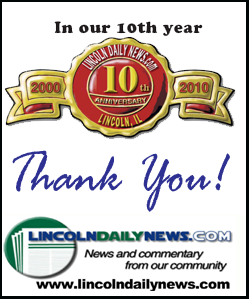| |||||||||||
| |||||||||||

One sign that investors aren't expecting the economy to pick up speed anytime soon is the poor performance of small-cap stocks. When investors believe the economy is about to go on an upswing, they tend to start buying smaller company stocks on the theory that those companies will see the biggest gains when business is good. The Russell 2000 index, which tracks the performance of small-caps, is down almost 18 percent from its 2010 high close of 741.92, reached April 23. The Dow, meanwhile, is down 8 percent from its 2010 high close of 11,205.03, reached April 26. And the S&P 500 is down 11.3 percent from its high of 1,217.28, reached April 23. The deep troubles in the economy may well mean that even when another rally starts, it will still take years before investors can make back the trillions of dollars lost in the 2008-09 market collapse. The Dow has a long way to go before it comes close to surpassing the 14,164.53 record close it had on Oct. 9, 2007. While it is up 57 percent from the 12-year low of 6,547.05 it fell to on March 9, 2009, it's still 27 percent below its record. Looking at the market's recoveries from some past collapses, it's quite clear that this time around, stocks won't enjoy a scenario like the 15 months it took the Dow to regain all the ground it lost in the October 1987 crash. The Dow didn't reach a new closing high until two years after the crash. The worst scenario was the recovery from the 1929 crash. Because of the Great Depression, the Dow kept falling until July 1932. It took about a quarter century, until 1954, for the Dow to recover all the ground it lost and reach a new closing high. Perhaps a more likely scenario is the market's recovery from the nearly three-year slump that started with the dot-com bust in early 2000. The high-tech collapse was followed by a recession, the Sept. 11, 2001, terror attacks and then a string of corporate scandals that sent stocks tumbling until October 2002. The Dow peaked at 11,722.98 in January 2000, then didn't return to that level and reach a new closing high until October 2006.
[Associated
Press;
Copyright 2010 The Associated Press. All rights reserved. This
material may not be published, broadcast, rewritten or
redistributed.

News | Sports | Business | Rural Review | Teaching & Learning | Home and Family | Tourism | Obituaries
Community |
Perspectives
|
Law & Courts |
Leisure Time
|
Spiritual Life |
Health & Fitness |
Teen Scene
Calendar
|
Letters to the Editor